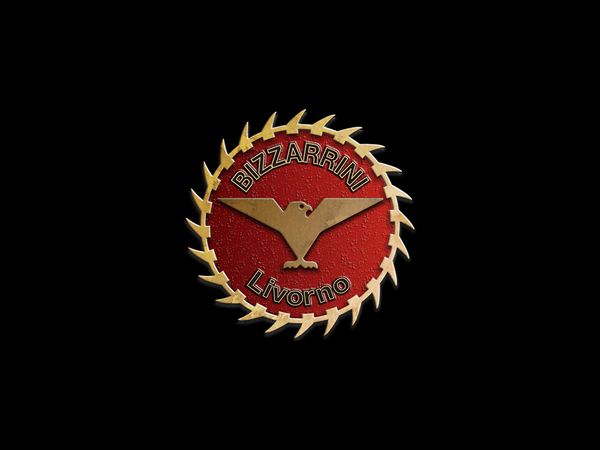Bloodhound hits an all-time fastest speed of 334 mph as test programme begins in earnest
Bloodhound car’s full reheat engaged for 12 seconds
50 – 300 mph reached in 13 seconds
Crucial data on cross wind speed limits gathered
Team pull together to overcome initial teething problems
The Bloodhound LSR team passed a major milestone yesterday, as the car hit 334 mph (537 km/h) on the Hakskeenpan desert racetrack: the highest speed it has ever achieved.
Three ‘run profiles’ have now been completed, starting at 100 mph, building to 200 mph – the previous top speed achieved at Newquay in 2017 – before hitting 334 mph in Run Profile 3.
The car’s EJ200 jet engine ran with full reheat (a.k.a. afterburner) for 12 seconds, demonstrating it is in full working order, plus providing impressive drama for those watching.
Run Profile 3 marked the true beginning of the high speed test programme, as all systems necessary for running with reheat have now been tested and checked. The car’s speed will be built up in 50 mph increments over subsequent run profiles, carried out over the next four weeks, with a target top speed above 500 mph for this testing programme.
Bloodhound driver and current World Land Speed Record holder Andy Green said: “We’ve had two very successful runs today, with the second run reaching a max speed of 334 mph – going from 50 mph to 300 mph in 13 seconds. There was strong cross wind gusting at over 15 mph and we’ve established that this is pretty much the limit for running in the car. We’re happy because this was a successful test, now we’re ready to progress on to higher speeds.”
Run Profile 1 – a static engine test, followed by a very slow speed (max 100 mph) check of the steering and brakes.
Run Profile 2 – 200 mph achieved using max dry power (power without extra fuel for reheat) on the jet engine, then a coast-down to establish rolling resistance.
Run Profile 3 – 350 mph achieved using full reheat, with stability tests before and after peak speed, then a coast-down period after engine shutdown to measure rolling resistance without idle thrust from the jet engine. Parachute data collected.
Teething problems overcome by perseverance and teamwork
Despite Monday’s momentous achievement, the first week of high speed testing has not been plain sailing. The Bloodhound team have faced a number of challenges since arriving with the car in the Northern Cape of South Africa on Monday 21st October.
The Eurofighter Typhoon EJ200 jet engine powering Bloodhound LSR car is the same one used during the low speed tests at Cornwall Airport Newquay in October 2017.
Since then it has been in storage with Rolls-Royce, the engine’s manufacturer, where it was filled with a corrosion inhibitor fluid, used to keep the engine in perfect condition. This waxy fluid is blown into all the oilways to prevent degrading when not in use.
The re-commissioning of a jet after such a long time in storage involves starting the engine to burn off the corrosion inhibitor so it’s normal for it to take two or three attempts to start. However, after two unsuccessful engine start attempts, the system engineers became suspicious at the lack of smell of fuel. Checking again, it appeared that the Bloodhound system had an issue with a fuel sensor calibration which was stopping a pump sending fuel to the engine.
After recalibrating the sensor, the team made a few more attempts. This time the fuel pump worked perfectly, and the jet received fuel and ignited, burning off the corrosion inhibitor fluid.
The problems were not over, however. The start-up cycle took four seconds longer than the permitted 60 second start process allowed by the DECU (Digital Engine Control Unit). If the turbine hasn’t reached idle speed within this time, it is automatically shut down as a safety precaution.
The next time out in the heat and altitude of the desert testing ground, which is 600 m above sea level, proved too much for the Air Start Cart. This is a piece of ground support equipment with a small jet engine which is plugged into the car and acts as a starter motor for the main engine.
To help it engage, the team turned the Bloodhound car into the wind, which helped add a few percentage points of power through the jet engine. A head wind helped spin the jet’s turbine, and this time the jet started perfectly and sustained power for the required amount of time to allow the ‘fill to spill’ oil checks to be carried out. After shutting down, while the car was towed back into the tech centre, a water leak was spotted. This proved to be a split in some welding on a coolant tank, caused by another pump issue.
Bloodhound LSR CEO Ian Warhurst said: “I’ve been impressed with the tenacity of the team to work through a challenging first week of testing in the Kalahari Desert. With all those issues resolved it’s exciting to be moving into the high speed phase of the testing and get a max reheat run under our belts. Witnessing Bloodhound blasting from 50 mph to 300 mph in 13 seconds and on to 334 mph was jaw dropping. British engineering at its finest.”
Desert racetrack holding up under the strain
The first few runs on the desert have proved the surface is consistently firm, albeit with a slight soft crust in some areas. This flakes away to leave a solid surface to run the car. The V‑shaped wheel profiles leave a shallow 50 mm wide groove in the desert surface.
The racetrack was prepared by a 317 strong workforce from the local community, funded by the Northern Cape Provincial Government, under the watchful eye of track boss Rudi Riek.




























